GENERAL DATA
In manufacturing: Pharmaceutical
In food: –
🌿 Iranian Mumio (Mumijo) vs Shilajit (Shilajeet) – What’s the Difference?
Both Mumi0 (also called Mumijo) and Shilajit (Shilajeet) are ancient healing substances prized in traditional medicine for their rejuvenating and restorative powers. Despite their similar appearance and overlapping benefits, they are not the same product.
Below is a clear comparison highlighting the distinct origins, compositions, and uses of these two powerful remedies—especially emphasizing Iranian Mumia, which has a long history in Persian traditional medicine.
🟫 What is Iranian Mumio (Mumijo)?
-
Names: Mumijo, Moomiyo, Mumia vera
-
Origin: Found in rock crevices of high-altitude mountains in Iran, Siberia, the Caucasus, and Central Asia
-
Source: A mineral-rich natural exudate formed by geological and microbiological processes
-
Texture: Dry and brittle when cold; softens when warm
-
Color: Black or dark brown
-
Use in Iran: Deeply rooted in Persian traditional medicine, used for bone repair, inflammation, and general rejuvenation
✅ Often referred to as Iranian Mumio, it is a national medicinal treasure in Iranian folk and classical texts.
🟤 What is Shilajit (Shilajeet/Shilagite)?
-
Names: Shilajit, Shilajeet, Silajit, Shilagite
-
Origin: Found in the Himalayan Mountains, Nepal, India, Bhutan, and Tibet
-
Source: A resinous substance formed from decomposed medicinal plants and mosses over centuries, compressed within rocks
-
Texture: Sticky, tar-like resin
-
Color: Ranges from dark brown to black
-
Use in Ayurveda: Regarded as a Rasayana (rejuvenator), promoting longevity, sexual vigor, and mental clarity
✅ Revered in Ayurveda, it’s considered a universal rejuvenator known as the “destroyer of weakness.”
⚖️ Comparison Table: Iranian Mumio vs Shilajit
| Feature | 🇮🇷 Iranian Mumia (Mumijo) | Shilajit (Himalayan) |
|---|---|---|
| Origin | High-altitude rocks in Iran, Caucasus, Siberia | Himalayas, Nepal, India, Tibet |
| Source Material | Non-plant mineral-georesin; microbial & geological origin | Plant-based resin from ancient biomass |
| Texture | Dry, crumbly, waxy resin | Sticky, pitch-like tar |
| Medicinal System | Persian, Islamic, Siberian traditional medicine | Ayurvedic, Siddha, Tibetan |
| Main Compounds | Fulvic acid, minerals, waxes, microbial metabolites | Fulvic acid, humic acid, dibenzopyrones, minerals |
| Key Uses | Bone & fracture healing, immune support, anti-inflammatory | Adaptogen, energy booster, sexual health |
| Cultural Role | Warrior healing tonic; highly respected in Iranian medicine | Rejuvenator, tonic of yogis and Ayurvedic sages |
| Taste & Odor | Earthy-mineral, mildly bitter | Strong, resinous, tar-like taste |
🧠 Final Takeaway
-
Shilajit is a plant-origin rejuvenator famous in Ayurveda for vitality, longevity, and cognition.
-
Iranian Mumia (Mumijo) is a mineral-rich, non-plant exudate rooted in Persian traditional medicine, used for bone, wound, and immune healing—with a different source and therapeutic profile.
🌿 Industries That Use Iranian Mumio (Mumijo)
Iranian Mumio—also spelled Mumijo, Moomiyo, or Mumia vera—is a natural exudate found in rocky mountain caves, particularly in Iran’s Alborz and Zagros ranges. It has been praised for its bone healing, tissue regeneration, and anti-inflammatory effects in traditional texts like Avicenna’s Canon of Medicine.
1. Pharmaceutical & Traditional Medicine Industry
Mumio is recognized as a bio-mineral compound with potent healing effects. It’s commonly used in traditional Persian, Siberian, and Islamic medicine for conditions involving bone fractures, joint disorders, and immune deficiency.
Applications:
-
Bone repair support: speeds up recovery from fractures and dislocations
-
Joint & spine inflammation: used in arthritic and rheumatic conditions
-
Tissue regeneration: supports post-surgical healing
-
Wound healing & ulcers: both topical and internal use
-
Antiviral & immune support in chronic fatigue and weak immunity
✅ Forms: powdered capsules, resin chunks, infused tinctures
2. Nutraceutical & Supplement Industry
Though not as commercially exploited as Shilajit, Mumia is gaining interest in functional wellness markets, especially among biohackers and natural athletes.
Applications:
-
In bone and joint health supplements
-
As a vitality tonic for men and women
-
Included in anti-aging formulations
-
Marketed as a mineral and trace element booster
✅ Often combined with calcium, vitamin D3, or collagen peptides
3. Sports & Physical Recovery Industry
Mumia has been used for centuries by warriors and mountain nomads to recover from injury and fatigue. Today, it appeals to the sports recovery and muscle regeneration sector.
Applications:
-
Muscle recovery post-exercise or injury
-
May help improve physical endurance
-
Included in joint lubricating formulas
-
Potential support for tendon and ligament repair
✅ Often paired with herbal tonics like Ashwagandha or Turmeric
4. Cosmetic & Dermatological Industry
Though limited in global cosmetics, Iranian Mumia has traditional value in wound salves, skin healing ointments, and scar reduction balms.
Applications:
-
Topical use for burns, cuts, and eczema
-
Included in anti-scar herbal remedies
-
Used in skin healing salves and ulcer treatments
✅ May be infused into herbal oils or wax-based ointments
5. Herbal & Ethnomedicine Export Markets
Iranian Mumia is prized in ethnic medicine markets, especially in Iran, Armenia, Azerbaijan, Tajikistan, and Afghan communities.
Applications:
-
Sold as resin blocks, powders, or encapsulated supplements
-
Used by Persian traditional healers, Unani practitioners, and folk doctors
-
Appears in spagyric (alchemical) tinctures and elixirs in niche wellness circles
✅ Wild-harvested in specific regions (like Lorestan, Semnan, Baluchistan, Fars and Khorasan)
6. Academic & Biomedical Research
Modern studies are beginning to investigate Mumio’s effects on bone regeneration, inflammatory markers, and antioxidant activity.
Research Topics:
-
Natural support for osteoporosis and arthritis
-
Rich in fulvic acid, mineral complexes, and bio-regulators
-
Possible immune-stimulating and anti-microbial properties
✅ In vitro studies show promise for tissue regeneration and inflammation control
✅ Summary of Key Applications
| Industry | Common Uses |
|---|---|
| Pharmaceutical & Traditional | Bone and joint healing, wound repair, immune support |
| Nutraceutical & Supplements | Vitality booster, bone health tonic, anti-aging |
| Sports Recovery | Muscle regeneration, fatigue relief, mobility support |
| Cosmetic & Skincare | Wound salves, scar healing, natural balms |
| Ethnic & Export | Resin chunks, apothecary blends, folk tonics |
| Academic Research | Studies on regeneration, inflammation, mineral balance |
🌟 Key Features of Iranian Mumia
-
100% wild-harvested from Iranian highlands
-
Rich in fulvic acid, minerals, wax esters, and bio-metabolites
-
Known as a “mountain balm” for wounds, bones, and strength
-
Used by warriors, healers, and monks throughout Persian history
-
Offers rare integration of mineral-microbial synergy in traditional medicine
🌿 Industries That Use Shilajit (Shilajeet)
Shilajit, also spelled Shilajeet, Silajit, or Shilagite, is a mineral-rich, sticky resin exuded from Himalayan rock formations at high altitudes. Formed over centuries from the decomposition of medicinal plants and microbial matter, it is famed as a Rasayana—a rejuvenating tonic—in Ayurveda.
1. Ayurvedic & Traditional Medicine Industry
Shilajit is one of the most important remedies in Ayurvedic pharmacology, described in classical texts like Charaka Samhita and Sushruta Samhita.
Applications:
-
Used as a rejuvenator (Rasayana) for longevity and vitality
-
Treats sexual debility, fatigue, and low immunity
-
Balances Vata, Pitta, and Kapha doshas
-
Improves memory, digestion, and nutrient absorption
✅ Consumed in purified form—known as Shuddha Shilajit—in pastes, capsules, or liquid extracts
2. Nutraceutical & Supplement Industry
Shilajit has become a sought-after ingredient in adaptogenic formulations, often combined with herbs like Ashwagandha, Ginseng, or Rhodiola.
Applications:
-
Daily energy booster and anti-fatigue tonic
-
Included in testosterone boosters and men’s health formulas
-
Found in nootropics for cognitive enhancement
-
Marketed for cellular vitality and mitochondrial function
✅ Rich in fulvic acid, humic acid, and antioxidant trace minerals
3. Sports Nutrition & Recovery Industry
Shilajit is used in modern sports science as a natural endurance enhancer, promoting faster recovery, muscle performance, and stress resilience.
Applications:
-
Included in pre- and post-workout blends
-
May increase testosterone and lean muscle mass (studied in athletes)
-
Aids in electrolyte balance and fatigue recovery
-
Protects muscles from oxidative stress
✅ Popular among biohackers and natural athletes
4. Beauty, Anti-Aging & Skincare Industry
Though traditionally consumed internally, modern formulations have begun exploring Shilajit’s rejuvenating effects on skin.
Applications:
-
Anti-aging oral supplements targeting skin hydration and elasticity
-
Included in detoxifying skin masks, creams, and topical serums
-
Supports collagen production and free radical defense
✅ Often used alongside marine collagen, astaxanthin, or vitamin C
5. Holistic & Functional Wellness Market
Shilajit is popular in integrative and alternative health systems across Europe, North America, and the Middle East.
Applications:
-
Supports adrenal health in chronic stress/fatigue
-
Used in bio-energetic and detox protocols
-
Appears in herbal detox kits and functional adaptogen stacks
-
Considered a Qi tonic in some East Asian blends
✅ Known for promoting life force, mental clarity, and recovery from burnout
6. Export & Global Distribution Markets
Shilajit is exported globally, often as Himalayan Shilajit, Nepalese Shilajit, or Siberian Shilajit (the latter often confused with Mumia).
Forms:
-
Purified resin, powder, soft gel capsules, liquid drops, or dissolvable tar
-
Marketed under Ayurvedic or natural vitality categories
-
Exported to USA, Germany, Russia, Canada, Japan, and UAE
✅ Subject to quality testing for purity, heavy metals, and contaminants
✅ Summary of Key Applications
| Industry | Common Uses |
|---|---|
| Ayurvedic Medicine | Rasayana (rejuvenator), sexual vitality, fatigue recovery |
| Nutraceutical & Supplements | Adaptogen, energy tonic, testosterone & cognition booster |
| Sports Recovery | Muscle support, endurance, physical stamina |
| Beauty & Anti-Aging | Skin health, cellular regeneration, free radical protection |
| Functional Wellness | Adrenal support, mental clarity, burnout recovery |
| Global Exports | Sold in resin, powder, and liquid forms for global markets |
🌟 Key Features of Shilajit
-
Sourced from Himalayan and Central Asian mountains (1000–5000m altitude)
-
Contains over 80 trace minerals, fulvic acid, humic substances, and Dibenzopyrones
-
Recognized in Ayurveda as “the conqueror of mountains and destroyer of weakness”
-
Works as a deep cell rejuvenator, adaptogen, and detoxifier
-
Safe when purified properly (avoid raw/unfiltered varieties)
🧪 Comparison Table: Iranian Mumio (Mumia) vs Shilajit
| Feature | 🇮🇷 Iranian Mumia (Mumijo) | Shilajit (Shilajeet) |
|---|---|---|
| Primary Origin | Iran, Altai Mountains, Caucasus, Central Asia | Himalayas, India, Nepal, Bhutan, Pakistan |
| Source Material | Mineral-rich georesin from rocks and microbial activity | Plant-derived resin from decomposed organic matter |
| Formation Process | Formed via geological pressure, mineral deposits & microbes | Formed via decomposition of medicinal plants over centuries |
| Texture & Appearance | Dry, crumbly, waxy or brittle when cool | Sticky, pitch-like resin, tar-like consistency |
| Color | Dark brown to black | Brown to black |
| Traditional Systems | Persian, Islamic, Siberian, Unani, folk medicine | Ayurveda, Siddha, Tibetan |
| Main Bioactive Compounds | Fulvic acid, waxes, mineral salts, microbial metabolites | Fulvic acid, humic acid, dibenzopyrones, 80+ trace minerals |
| Common Uses | Bone healing, anti-inflammatory, immune & tissue support | Vitality, cognition, sexual health, anti-aging, detox |
| Cultural Symbolism | Known as “Mountain Balm” in Iranian texts | Known as “Destroyer of Weakness” in Ayurveda |
| Dosha / Energetic Profile | Balancing, warming, earthy; used for trauma and repair | Adaptogenic, rejuvenating, Vata-Pitta balancing |
| Purification Required? | Typically used raw or semi-purified in traditional use | Must be purified (Shuddha Shilajit) for internal use |
| Current Global Recognition | Gaining interest in niche wellness, ethnomedicine markets | Widely marketed in global supplement and sports nutrition |
| Scientific Interest | Studied for bone regeneration and anti-inflammatory effects | Studied for mitochondrial function, testosterone, cognition |
| Forms in Market | Resin chunks, powders, capsules, traditional salves | Soft resin, powders, capsules, drops |
| Export Availability | Limited, mainly regional or specialty sourcing | Widely exported and available worldwide |
✅ Key Distinction:
-
🟤 Mumijo is mineral-dominant, non-plant-based, and traditionally focused on tissue, bone, and immune healing—especially in Iranian and Central Asian medicine.
-
🟠 Shilajit is plant-derived, known as an Ayurvedic adaptogen for longevity, libido, and energy enhancement.
HARVEST CALENDAR
Feb
Mar
Apr
May
Jun
Jul
Aug
Sep
Oct
Nov
Dec
To order Mumijo, please contact us.
About Shilajit / Mumio
Bitumen is a special type of crude oil that appears as a black, viscous, and thick liquid. Bitumen is relatively soft and fluid when bubbling from the earth. But after a while, it becomes so hard and thick that it looks solid.
Due to different physical and chemical conditions, bitumen itself can appear in different ways. The most important types of bitumen are Zeft, Shilajit and Mumio. They are very similar to bitumen. But their concentration is much less.
The best Zeft is black, soft, smooth, and shiny. The best Shilajit is black and pure. The best Mumijo is black, soft, smooth, and shiny, doesn’t smell bad and smells a bit like petroleum. It also softens quickly with hand heat.
Mumijo and Shilajit Health Benefits
Shilajit removes the corruption of the humors and helps to eliminate shortness of breath, all types of hemorrhoids, semen flow, urine intermittency, polydipsia, jaundice, and leprosy.
Mumijo penetrates into all parts of the body quickly, dissolves cold humors and substances, heals broken bones and dislocations of the joints quickly, hiccups, paralysis, tremors, stomachaches, uterine suffocation, hemoptysis, and bladder wounds. It cures leprosy (at the beginning), elephantiasis, relieves the heaviness of the tongue, scorpion stings and all cold diseases.
Eating and rubbing a solution of 0.4 gram of Mumio with Damask Rose (Rosa damascena Mill.) oil or two egg yolks is very useful for relieving joint pain, healing joint dislocations and bone fractures, muscle and nerve contusions, muscle cuts and bruises.
Eating 0.05 gram of Mumio with donkey milk stops hemoptysis and nosebleeds. Eating 0.2 gram of Mumio with fresh Coriander juice and poultice of 0.2 gram of Mumijo with ghee heals spleen pain and scorpion stings.
Gargling the solution of 0.1 gram of Mumio with peeled Licorice (Glycyrrhiza glabra L.) juice and Anacyclus pyrethrum root for three days in a row improves diphtheria. Rubbing Mumio and honey on the tongue and around the mouth helps to get rid of stuttering.
Drops of Mumio and Camphor solution and Marjoram (Origanum majorana L.) juice in the nose are useful for eliminating nosebleeds and nasal diseases. A drop of a solution of Moomiyo with Jasmine oil or Damask Rose oil in the ear will relieve ear pain.
To order Shilajeet, please contact us.


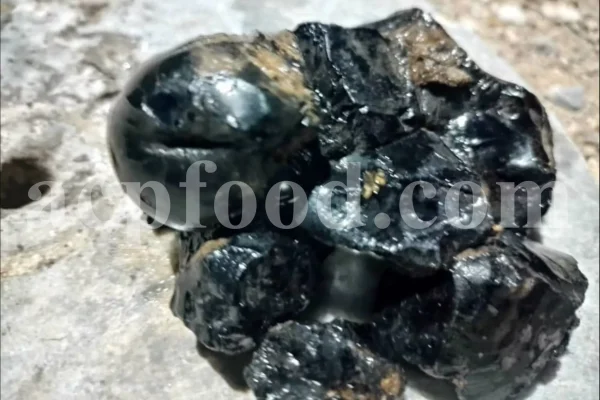
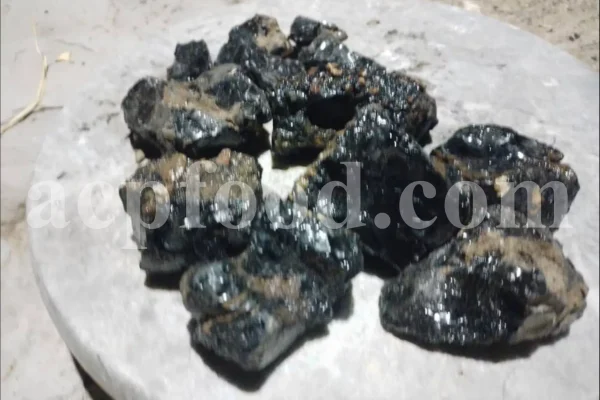
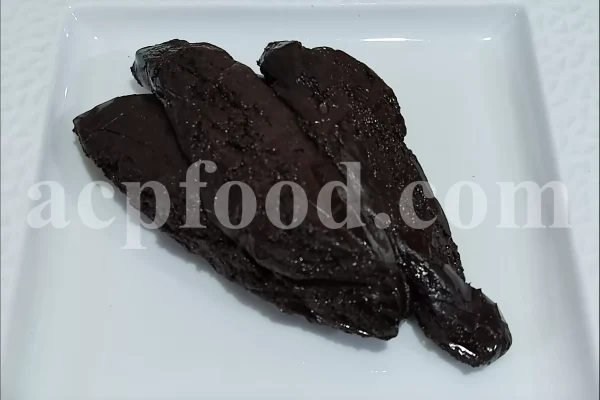
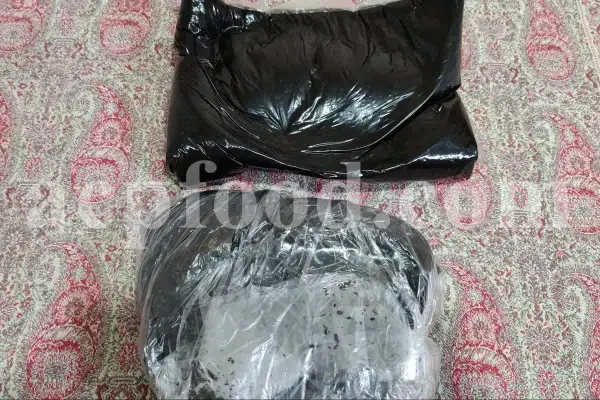
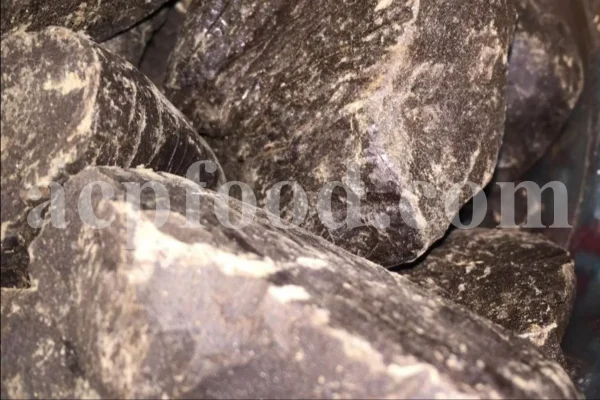
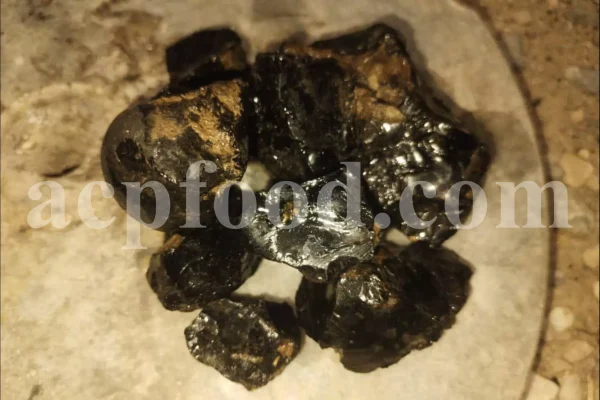
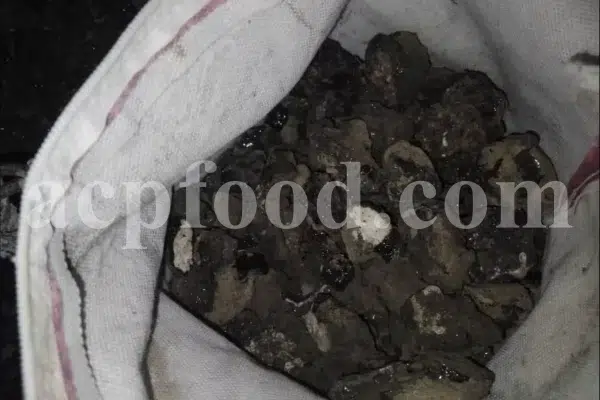
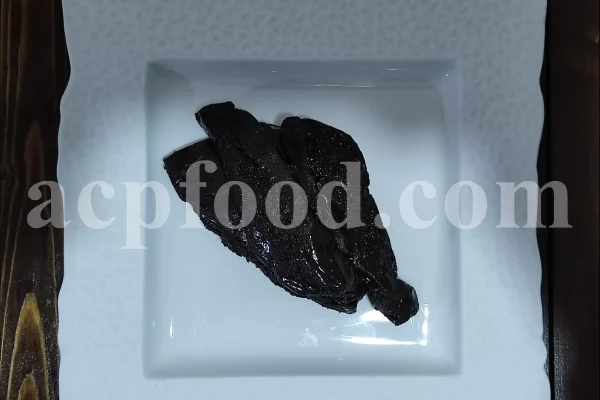
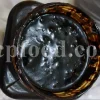
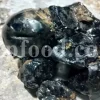
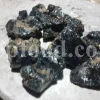
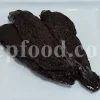
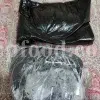
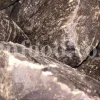

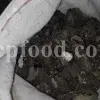
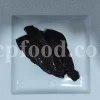
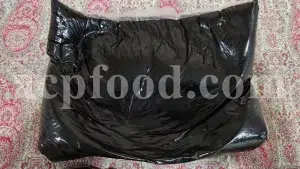
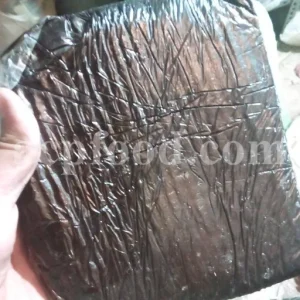
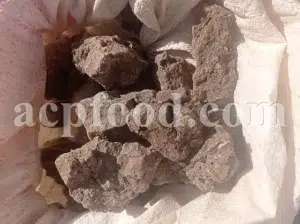
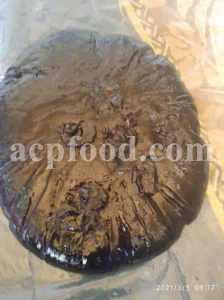
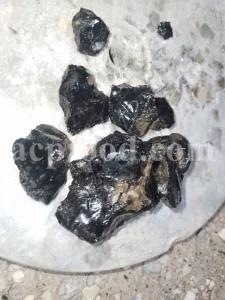
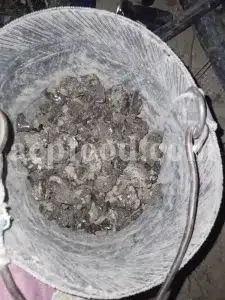
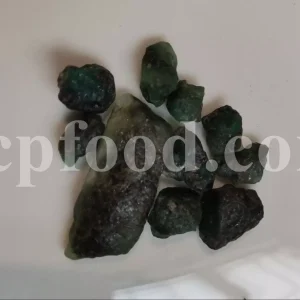
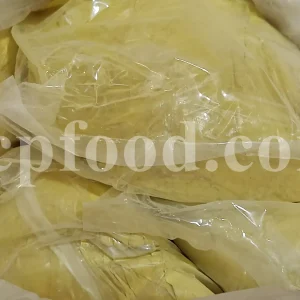
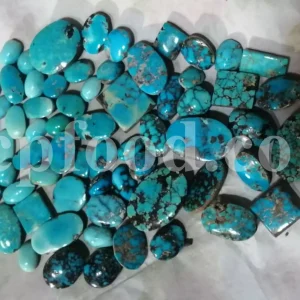

Reviews
There are no reviews yet.